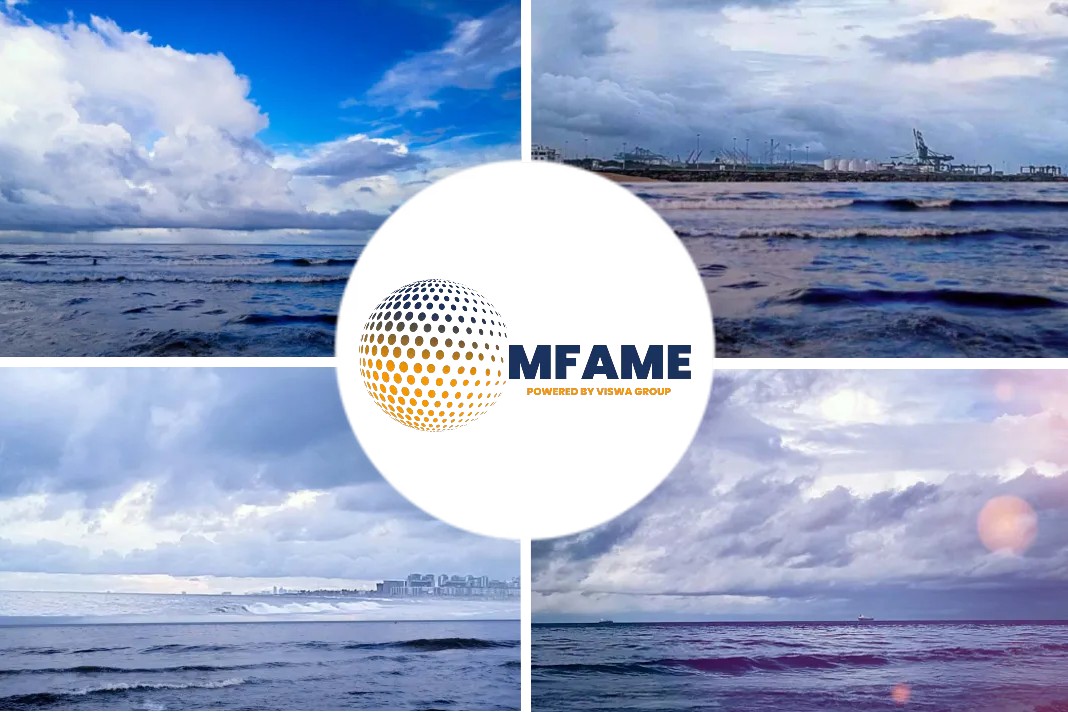
- The pursuit of a Net-Zero future has created a ‘space-race’ within the marine industry.
- Potential nearer term greenhouse gas (‘GHG’) savings, along with other environmental benefits, are being sacrificed.
- Investment by the marine industry focuses on more challenging and speculative long-term options such as hydrogen, ammonia.
In order to see immediate and significant reductions in GHG emissions across the marine industry, a rapid uptake of ‘transition fuels’ is required. Transition fuels bridge the gap between today’s carbon intensive fuel oil powered fleets to the Net-Zero fleets of tomorrow, and as they are readily available, they allow GHG savings to be made immediately.
GHG Emission
Well-to-wake (‘WTW’) emissions account for all greenhouse gas releases (expressed as a “CO2 equivalent” value) from fuel extraction, manufacture, storage, supply and final combustion for propulsion or power. On a WTW basis, bioMSA, FAME and LNG all provide CO2 savings of 10-25% when compared to fuel oils. However, LNG has a significant drawback: ‘Methane slip’. Methane slip is when methane escapes from the fuel transport or combustion system into the atmosphere. Methane is a much more potent greenhouse gas, with a global warming potential 21-86 times that of CO2. As a result, CO2 equivalent savings with LNG range from 10-20% typically.
Cost Per Unit
Until recently, LNG was the cheapest transition fuel on a cost per unit energy basis, due to the economies of scale resulting from production in large volumes. However, LNG prices can fluctuate dramatically, with US hub prices rising over 200% since 2020, and prices in Europe and Asia even higher. In addition, the costs of handling LNG are up to 40% higher than for fuel oil due to the capital and operating costs required to deliver, store and handle LNG as well as the required modifications to the vessel engine and fuel supply systems.
Feedstock Availability
LNG for marine use is not hindered by feedstock availability, with promising scale-up opportunities stemming from its large-scale global production. However, there is also strong demand for LNG for heating and power, and from the petrochemical industries, leading to increased competition and cost pressures. Availability of LNG bunkering facilities is not yet widespread outside of the main bunker hubs. Both FAME and crude glycerine are produced in significantly lower quantities than LNG. Where FAME use in the marine sector has strong competition from the aviation and road transport sectors, there is no similar fuel competition for glycerine, as only Quadrise has the technology to blend glycerine with oil and residues to produce bioMSAR using our innovative and patented MSAR Technology.
Safety Concerns
Compared to current marine fuels, bioMSAR offers considerably reduced risk as glycerine is biodegradable, non-toxic and non-flammable. In the unlikely event of a fuel spill, both MSAR® and bioMSAR readily disperse in water due to the pre-atomized nature of the oil droplets in the fuel. For LNG, stringent safety measures are required to maintain its liquid state, as in its gaseous form natural gas is highly flammable and presents a significant explosive risk. Any fugitive or accidental release of methane has an extremely detrimental impact to global warming.
Net Zero Fuels
Hydrogen, ammonia and methanol are currently seen as the frontrunners in the race to produce a net-zero marine fuel, although none of these green fuels are truly net-zero today without carbon offsetting. Whilst these may turn out to be viable in the long-term, each must overcome significant challenges in the nearer-term.
Methanol requires large-scale biomass gasification to produce ‘bio-methanol’ or carbon-capture to produce ‘blue methanol’. “Green methanol” production requires considerable investment in new renewable energy.
Did you subscribe to our newsletter?
It’s free! Click here to subscribe!
Source: Quadrisefuels















